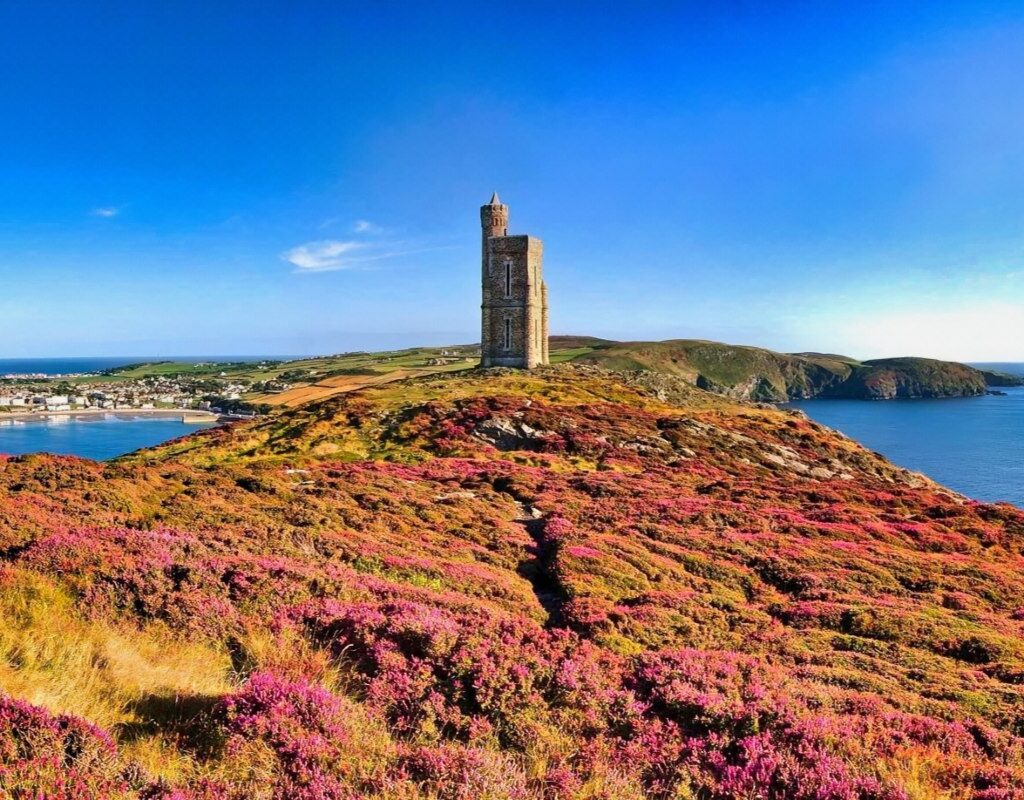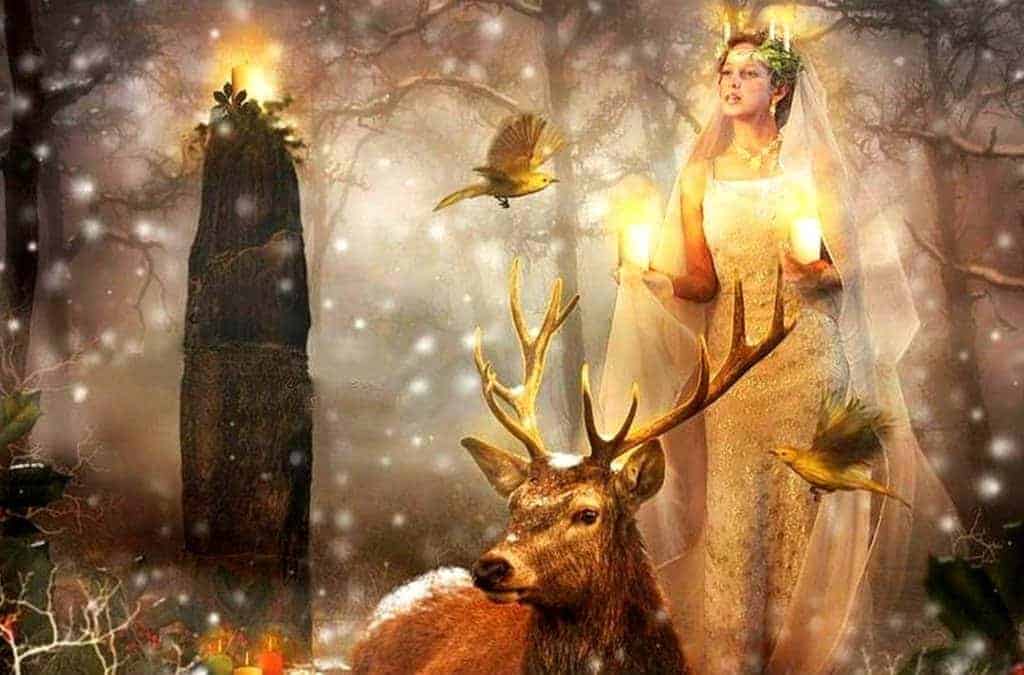The Sacred Wheel of the Goddess of Avalon is a celebration consisting of eight solar festivals, each related to seasonal changes and the astronomical phenomena that accompany them.
The Sacred Wheel of the Goddess of Avalon: Celebrations of Solar and Fire Festivals
These events, interspersed with thirteen lunar cycles, are represented as eight rays that make up an annual wheel an image that reminds us of the constant flow of life and the endless cycle in which we are immersed, as symbolized by all circular figures.
Although we celebrate the arrival of a new year and the end of the previous one each year, there is no defined beginning or end, just like with energy.
While different cultures have established one or two specific days to celebrate the New Year, the cycle of the Wheel of the Year takes into account natural rhythms rather than the dates of the Gregorian calendar used in the West. Therefore, the beginnings and endings of each year are considered part of the festivities and are closely linked to each other.
The Wheel of the Goddess of Avalon: The Eight Sacred Days of Solar and Fire Festivities
The Eight Sacred Days of the Wheel of the Goddess of Avalon represent a fusion of solar and fire festivities originating from Celtic, British and Norse cultures, dating back to even older times and peoples.
These celebrations are designed to coincide with important astronomical and astrological events, including solstices and equinoxes. The four solar festivities include:
Yule, the winter solstice that usually occurs on December 20 or 21;
Litha, the summer solstice that usually occurs on June 20 or 21;
Eostre/Ostara, the vernal equinox that usually occurs on March 20 or 21;
Mabon, the autumnal equinox that usually occurs on September 20 or 21.
In addition, between these solar festivities are the four fire festivities, named after the ancient custom of lighting fires on these dates. All of these festivities occur at the midpoint between the previous solstice or equinox and the next festival.
- Imbolc is celebrated at the beginning of February, when the first snowflakes appear;
- Beltane is celebrated on May 1st or when the May Flower appears;
- Teltane, Lammas or Lughnasadh arrives at the beginning of August, with the harvest of grains;
- Samhain, the festival of the ancestors, is celebrated between the last day of October and the first day of November, which for the ancient Celtic and British peoples was the first day of the year.
In each of the celebrations that make up the sacred wheel of the Celtic year, homage is paid to one of the multiple manifestations of the Goddess of Avalon.
These celebrations include the different lunar phases that take place throughout the annual cycle, which are related to both the Sun, the central star of our planetary system and the Moon its natural satellite. In the case of Eostre/Ostara, the celebration corresponds to the Fire New Year.
The Four Most Important Solar Festivities of the Year and Their Meaning
Solar festivities are astronomical events that take place on specific days of the year and are named based on the position of the sun in the sky. The four most important festivities are as follows:
- Yule: occurs during the winter solstice, which is the shortest day of the year. This event is usually celebrated on December 20th or 21st.
- Litha: celebrated during the summer solstice, which is the longest day of the year. This festivity takes place on June 21st or 22nd.
- Eostre: celebrated during the spring equinox, which occurs around March 21st. On this date, the duration of the day and night are equal.
- Mabon: celebrated during the autumn equinox, which occurs around September 21st. Like during the spring equinox, during Mabon the duration of the day and night are equal.
Each of these festivities has a special meaning and is celebrated by various cultures and religions around the world.
All the Fire Festivals: Imbolc, Beltane, Lammas and Samhain.
The Fire Festivals, known for the tradition of lighting bonfires on specific dates, are four:
- Imbolc or “Sheep’s Milk” at the beginning of February,
- Beltane or “May Day” at the beginning of May,
- Lammas at the beginning of August, celebrating the harvest of grains and
- Samhain, the festival of ancestors, at the end of October.
The Wheel of the Lady of Avalon and the Morgens marks the cycle of festivals that occur throughout the year and are organized as follows:
- Samhain: October 31/November 1.
- Yule: December 21-22.
- Imbolc: February 1.
- Eostre: March 21-22.
- Beltane: May 1.
- Litha: June 21-22.
- Lammas: August 1-2.
- Mabon: September 21-22.
Each of these festivals celebrates a manifestation of the Lady of Avalon and the Morgens, who are especially honored on these dates.




